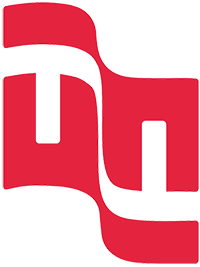Our customer, one of the largest electric power plant in the world, had SAP customizations development services carried out on-site and saw it as an opportunity to do it remotely.
The customer manager in charge didn’t feel comfortable accepting the amount of hours proposed for the service. The metrics presented by the service provider were technical and the client could not contest.
How to assess whether the proposal is reasonable using understandable and objectionable materials?
Solution
The measurements previously proposed, based on internal software aspects, did not allow the user to evaluate the measured items and to contest any errors; either in the measurement or in the measured items.
FATTO measured the proposals based on its external aspects in a functional view and using Function Point Analysis (IFPUG) instead. Therefore, client and developers understood measurement results, developed the required awareness to validade and decide about it.
In order to evaluate the proposal performance, FATTO related measurement results with the amount of hours proposed. We positioned the resulting delivery rate, as a performance index, in comparison to the benchmarking data of the International Standards Group of Software Benchmarking (ISBSG).
In addition, we also compared the resulting measurement data and performance index to anonymized performance data, maintained by FATTO from our Budget Center. Thus, further confirming the previous findings derived from public benchmarking references.
Results
The reduction in the amount of hours, when compared to the original proposal, was of 30%. Furthermore, the solution decreased the procurement costs, due to a sound and assertive criteria to manage software development performance.
30% reduction in proposed hours compared to the original proposal
How the parts have been integrated
- Budget Center’s Certified Function Point Specialists (CFPS) measured RFP and proposals in order to determine a quantitative representation for the “product” to be delivered.
- A methodology specialist compared the activity scope in the proposed SAP customization against the activity scope in the benchmarking stantard, in order to identify gaps that would compromise the data comparability in each context. Then, once these gaps were identified, he established the compatibility scheme to adjust the indicators obtained to the benchmarking bases of FATTO and ISBSG.
- An analytics expert organized the information and conveyed the meaning of the numbers presented, in a simple and clear way, to those involved.
They didn’t have to worry about concepts like the cumulative empirical distribution function derived from each dataset.
FATTO is in sync with the world of software development and is able to perform this type of evaluation in environments using traditional methodologies, such as IBM RUP, Scrum in few squads, or even where agile development seeks scales larger than those recommended by Scrum, such as SAFe, for example.






